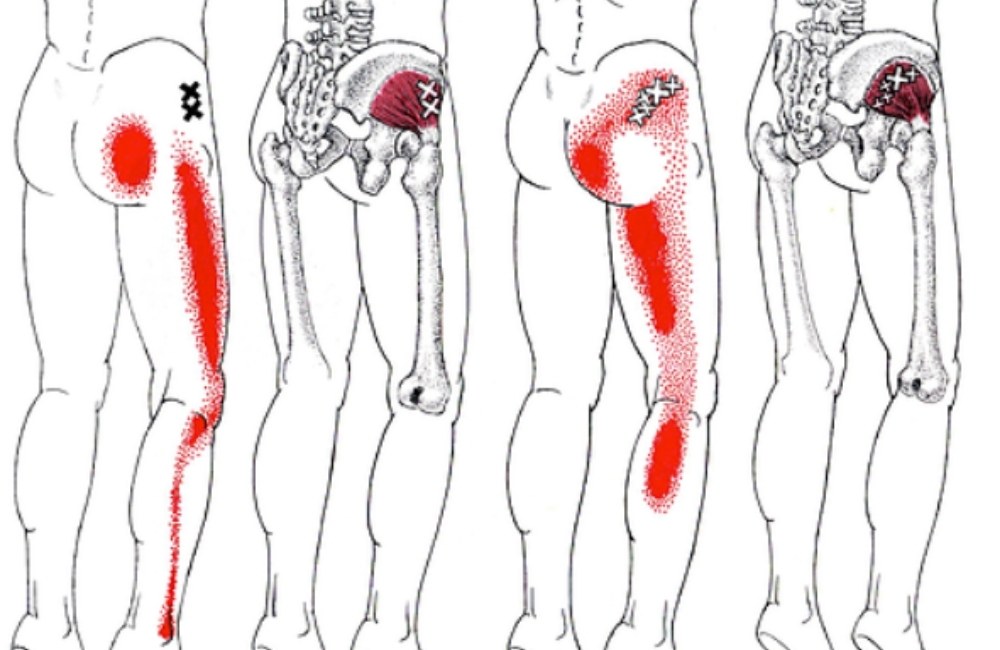
10 best piriformis stretches to help ease sciatica and leg pain!
Sciatica is a broad term that encompasses a variety of conditions that all serve to irritate the sciatic nerve.
For example, low back pain can lead to sciatica, piriformis syndrome can lead to sciatica, and tightness in various muscles can lead to sciatica.
In this article, we will take a look at 10 piriformis stretches that can help to relieve the symptoms of sciatica.
The Sciatic Nerve and The Piriformis Muscle
The sciatic nerve is the longest nerve in the entire body. It extends from the low back all the way to the foot on both sides.
Along this nerve’s pathway lies the piriformis muscle. The sciatic nerve, at one point along its journey toward the feet, knifes through the piriformis muscle, where it can often become pinched.
Let’s take a look at each of these structures in depth.
The Sciatic Nerve
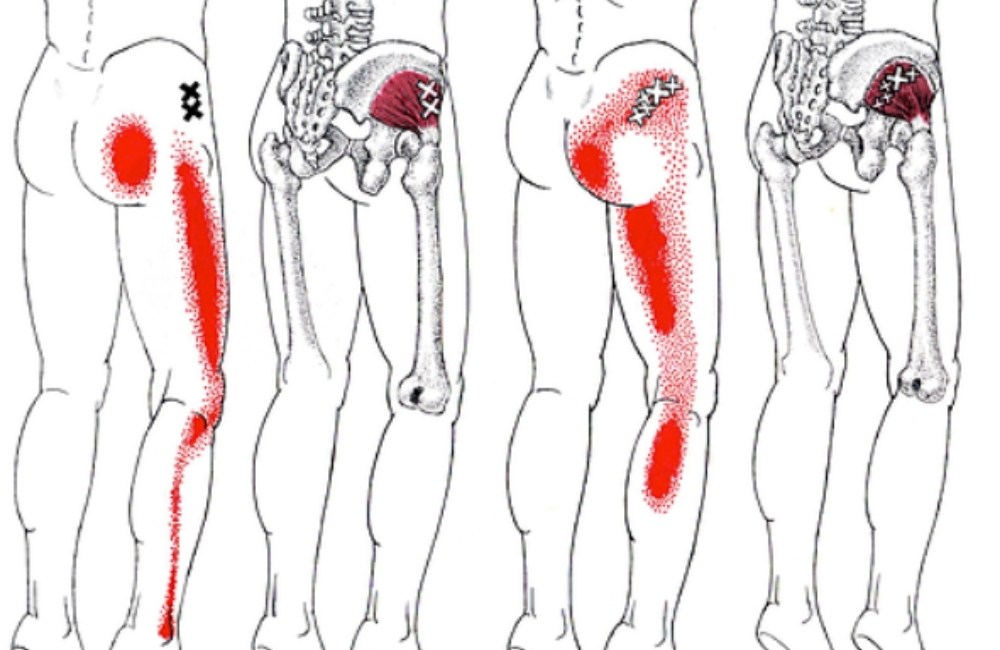
As was stated earlier, the sciatic nerve is the longest nerve in the body. Because of this, the sciatic nerve innervates many different muscles along its path.
When this nerve becomes irritated and pinched, it can cause many different unique symptoms. For example, sciatica can result in pain, tingling, numbness, and weakness all the way down the leg.
Also, check out:
10 Unique Stretching Exercises To Make You as Flexible as a Cat in 4 Short Weeks
The Piriformis Muscle
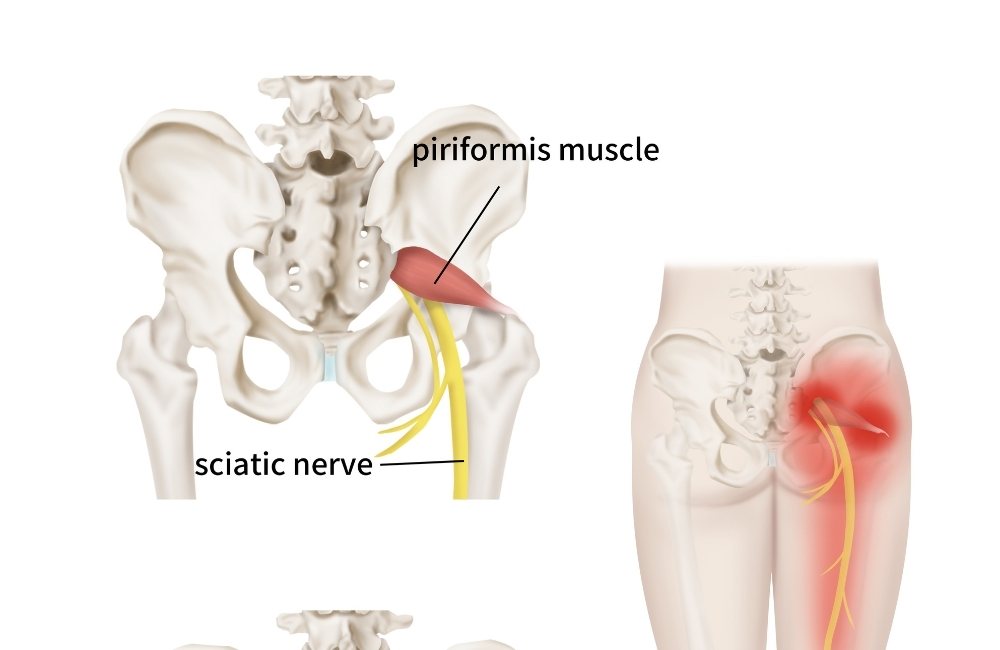
The piriformis muscle has an opening through which the sciatic nerve travels. Because of this, extreme tightness in the piriformis effectively “pinches” the sciatic nerve, causing the symptoms described above.
This muscle functions to rotate and move the hip in various directions. By stretching and strengthening the piriformis, you can decrease your chances of developing sciatica or piriformis syndrome.
10 Perfect Exercises for Relief of Sciatica and Piriformis Syndrome
In this section, we will review an exercise routine that can help to relieve the debilitating symptoms of sciatica and piriformis syndrome.
1. Supine Piriformis Stretch
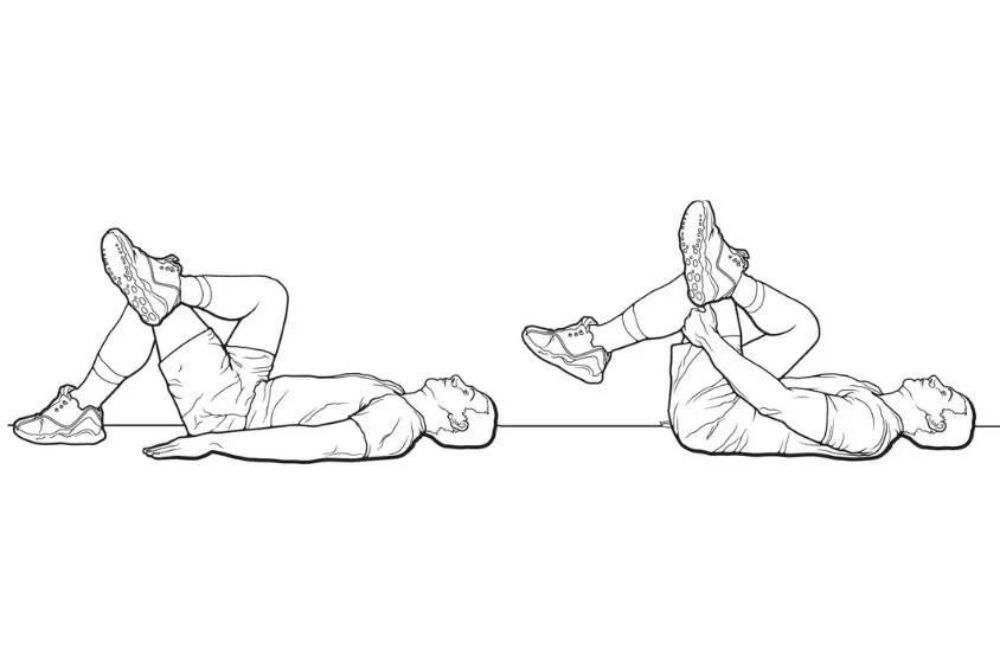
This exercise is one of the most comfortable and effective piriformis stretch variations. Most people with tight piriformis muscles will feel this stretch almost immediately.
How to Perform
- Lie flat on your back on a comfortable, yet firm surface.
- Starting with your left leg, pull your knee toward your right armpit, as your right leg remains flat on the ground.
- Hold this stretch for 30 seconds, then repeat on each side 4 times per session, one session daily.
2. Bridges
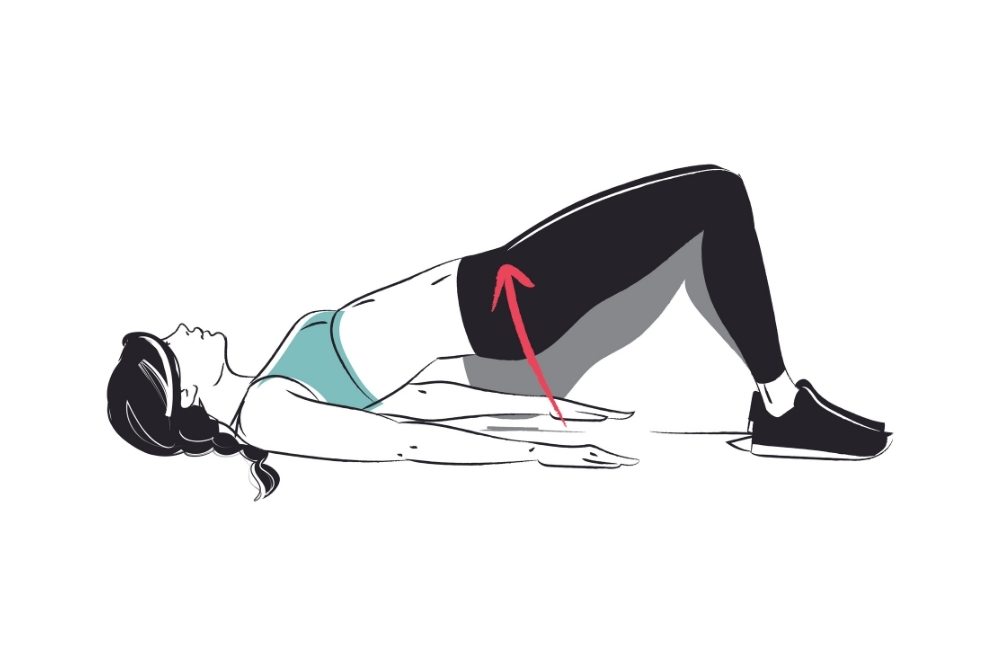
Bridges serve to strengthen the glutes and some other muscles on the back side of the body. By strengthening these areas, you can activate stabilizer muscles, reducing some of the tension on the sciatic nerve.
How to Perform
- Lie flat on your back with your knees bent and your feet flat on the floor.
- Push down through your heels, lifting your buttocks in the air.
- Hold this position for 10 seconds, repeat for 10-12 reps, for 3 sets per session, one session per day.
3. Seated Piriformis Stretch
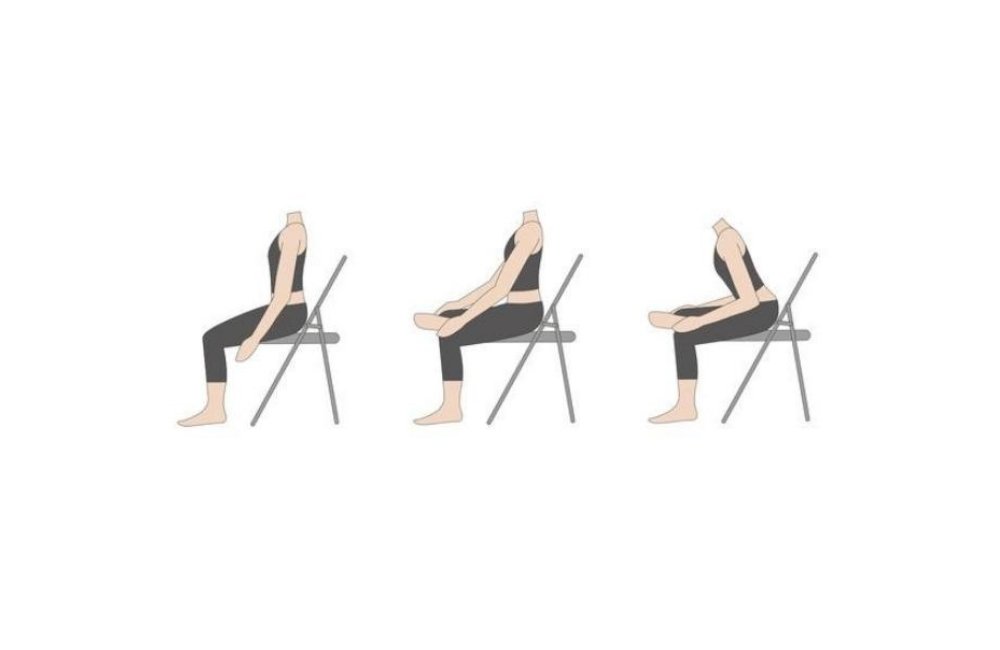
Some people may have difficulty getting down onto the floor. Therefore, it is necessary to provide different stretching options for these individuals. The seated piriformis stretch also serves as a good starter stretch for those who are very tight in this area.
How to Perform
- Sit up tall in your chair, near the edge.
- Cross your right leg over your left, placing your right ankle on your left thigh.
- Lightly press down on your right thigh, until you feel a gentle stretch in your right piriformis.
- Hold this stretch for 30 seconds, repeat 4 times per side, once per day.
4. Hip Extension
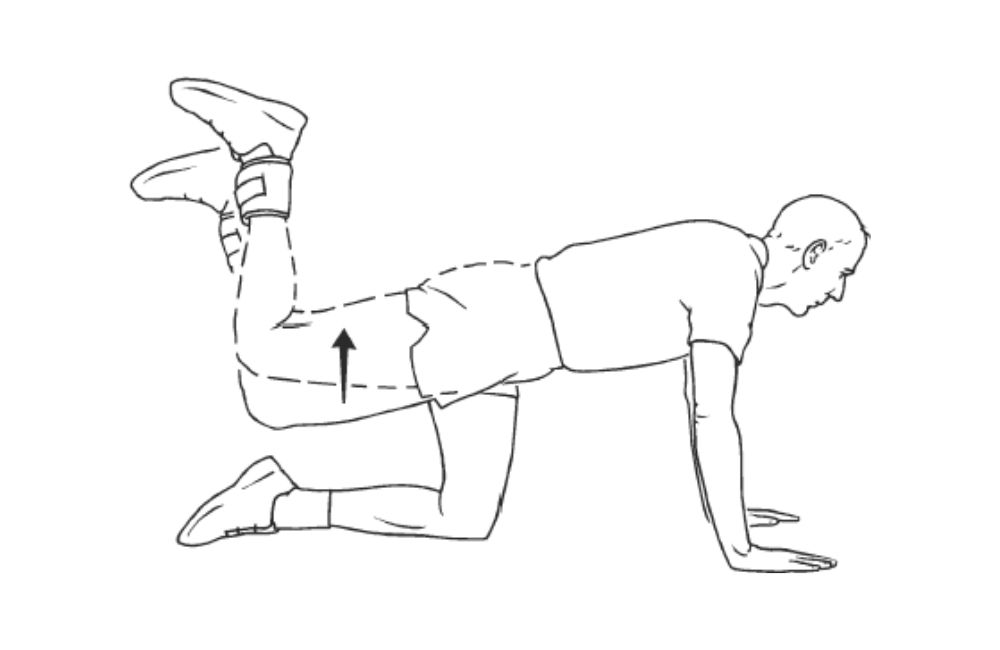
This movement serves as another strengthening exercise for the glutes and the muscles on the back side of the body.
How to Perform
- Start on your hands and knees with your legs spaced to about hip-width apart and your hands directly beneath your shoulders.
- Keeping your back from sagging or arching, kick your right leg behind you (your knee should remain bent).
- Slowly return the right leg to the starting position and switch sides.
- Repeat for 10-12 repetitions, for 3 sets, once per day.
5. Standing Piriformis Stretch
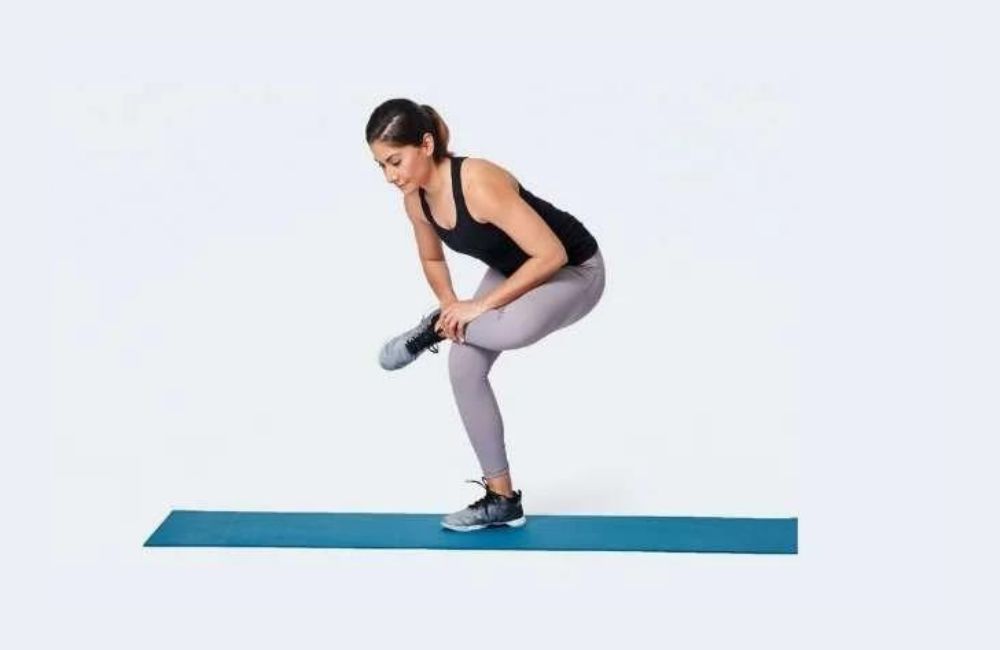
The standing version of the piriformis stretch is an advanced movement that many people will not be able to perform right away. It requires balance and stability in addition to flexibility.
How to Perform
- Stand on your left leg (you may decide to stand near a wall or stable surface in order to correct your balance, if necessary).
- Cross your right leg over your left, placing your right ankle on your left thigh.
- Hold this stretch for 30 seconds, 4 times per side, performing this whole series once daily.
6. Butterfly Stretch
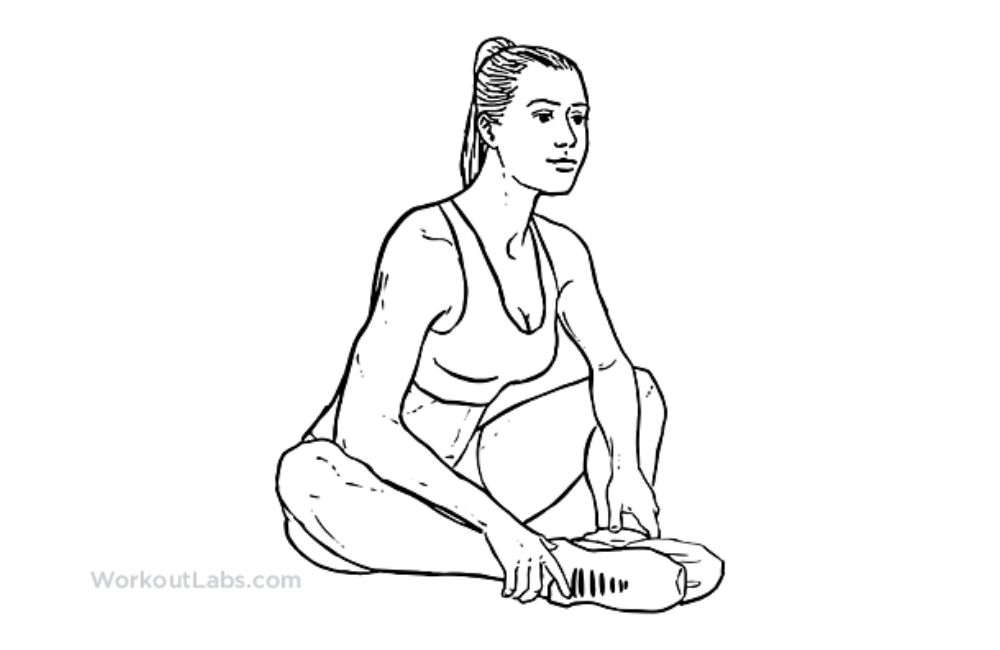
This stretch is a throwback to gym class. The butterfly stretch opens up the inner thighs and the hip joint in general. Best of all, this stretch is easy for almost anyone to perform.
How to Perform
- Sit up tall on a comfortable, yet firm surface.
- Place the soles of your feet against one another, grasping your ankles.
- Lightly press down on your thighs with your elbows.
- Hold this stretch for 30-45 seconds, 4 times, one session per day.
7. Sidelying Clamshells
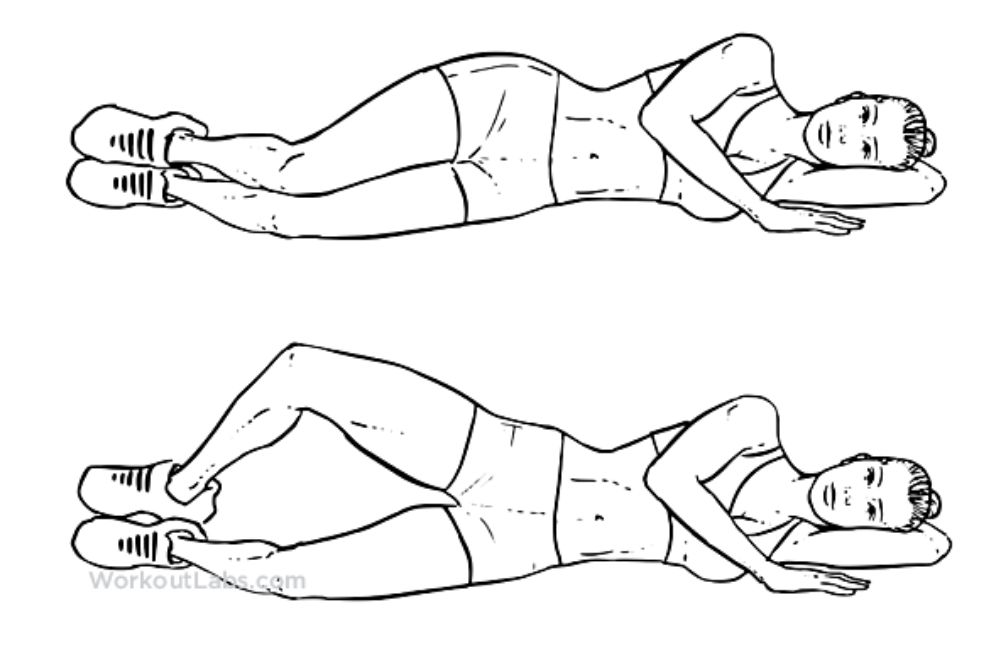
Clamshells address weakness in the outer hip region as well as tightness in the inner thigh region. If this movement feels too easy for you, try tying a band around your knees.
How to Perform
- Lie on your right side with your knees and hips bent.
- Aim to stack your left knee and ankle on top of your right knee and ankle respectively.
- Lift your left knee toward the ceiling by rotating your hip outward.
- Once you’ve reached the top of your range of motion, slowly return to the starting position.
- Complete 10-12 reps per side, for 2-3 sets, once per day.
8. Pigeon Pose
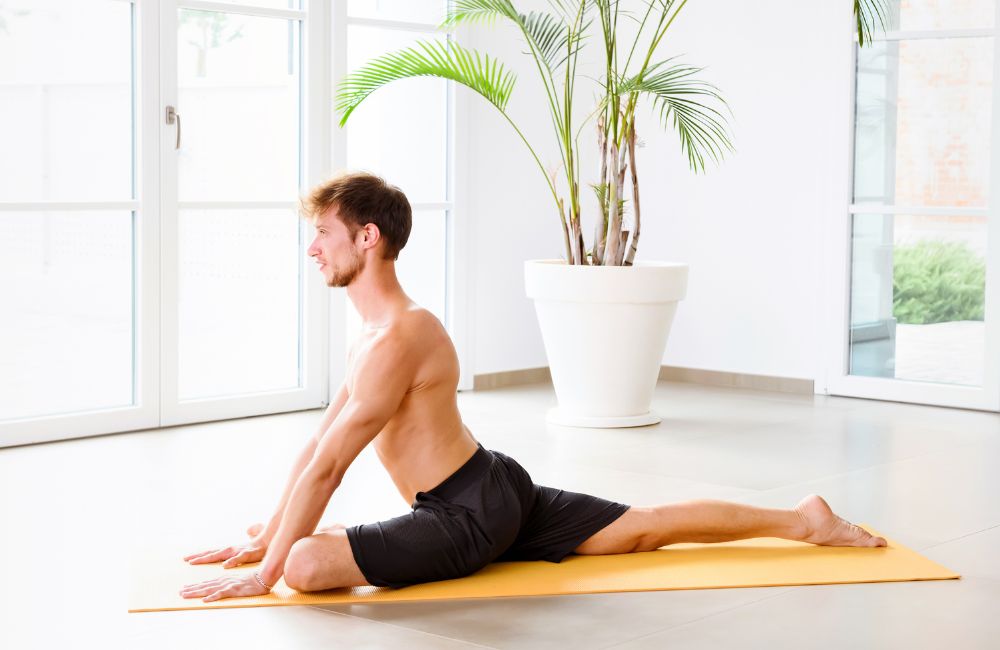
The pigeon pose is a classic yoga move. For some people, this pose can be extremely uncomfortable. Therefore, you should be sure to go slow with this movement, use towels when needed to pad your joints, and never force yourself into too far of a stretch.
How to Perform
- Begin by sitting on the ground with your right outer thigh on the ground and your left knee behind you.
- Slide your left leg backward as far as you can as you attempt to bring your right ankle forward at the same time.
- Hold this stretch for 30 seconds, and perform 4 times per side, once per day.
9. Sumo Squats
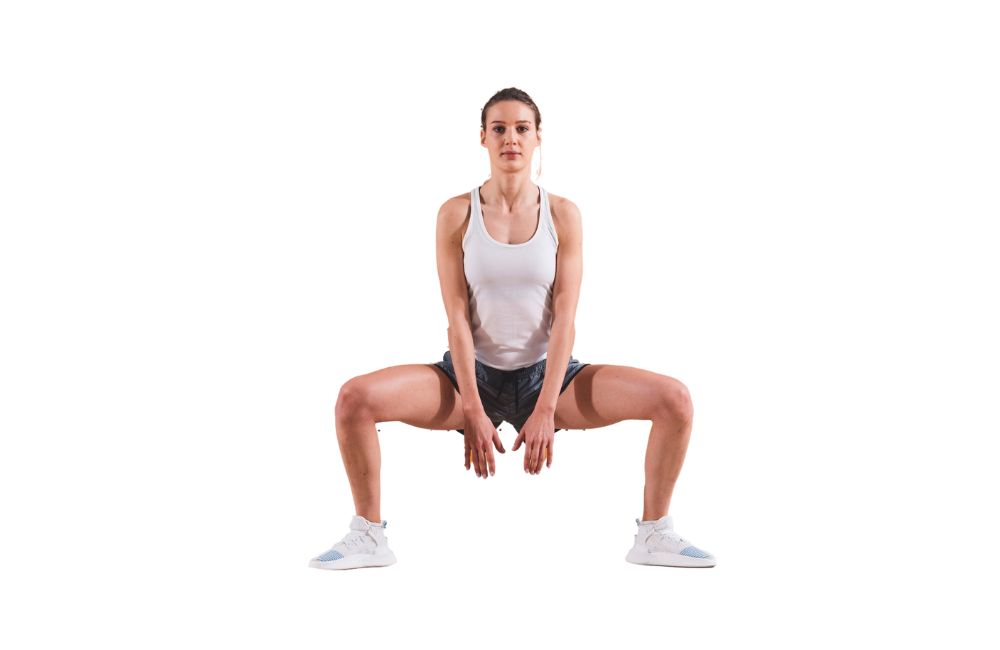
Strengthening the inner thighs and the triple extensor muscles is key for improving mobility in the hip region. Sumo squats are a terrific exercise for strengthening and stabilizing all of these areas.
How to Perform
- Start in standing, with legs spaced wide.
- Your toes should also be pointed out to the sides slightly.
- Bend your knees and sit your hips back as far as you can.
- Once you’ve reached the bottom of your range, hold for 10 seconds, then return to standing.
- Repeat this motion 10-12 times per set for 3 sets per session, one session per day.
10. Pancake Stretch

Stretching out the inner thigh region is critical for preventing sciatica and piriformis syndrome. This exercise takes a lot of practice to perfect, but even modified versions help in many ways.
How to Perform
- Sit on the ground with your legs spread as wide as you can.
- Lean forward, reaching between your legs.
- The goal is to (eventually) be able to rest your chest on the floor.
- Hold this stretch for 30 seconds, repeat 5 times per session, one session per day.
Conclusion
Piriformis syndrome and sciatica are tricky conditions that can cause debilitating symptoms.
Luckily, by performing a few strengthening and stretching exercises, you can decrease symptoms of the condition. Furthermore, you can lessen the chances of ever developing the issue in the first place.
If you’ve suffered from any issue affecting the sciatic nerve, try out this exercise routine and see what you think!


